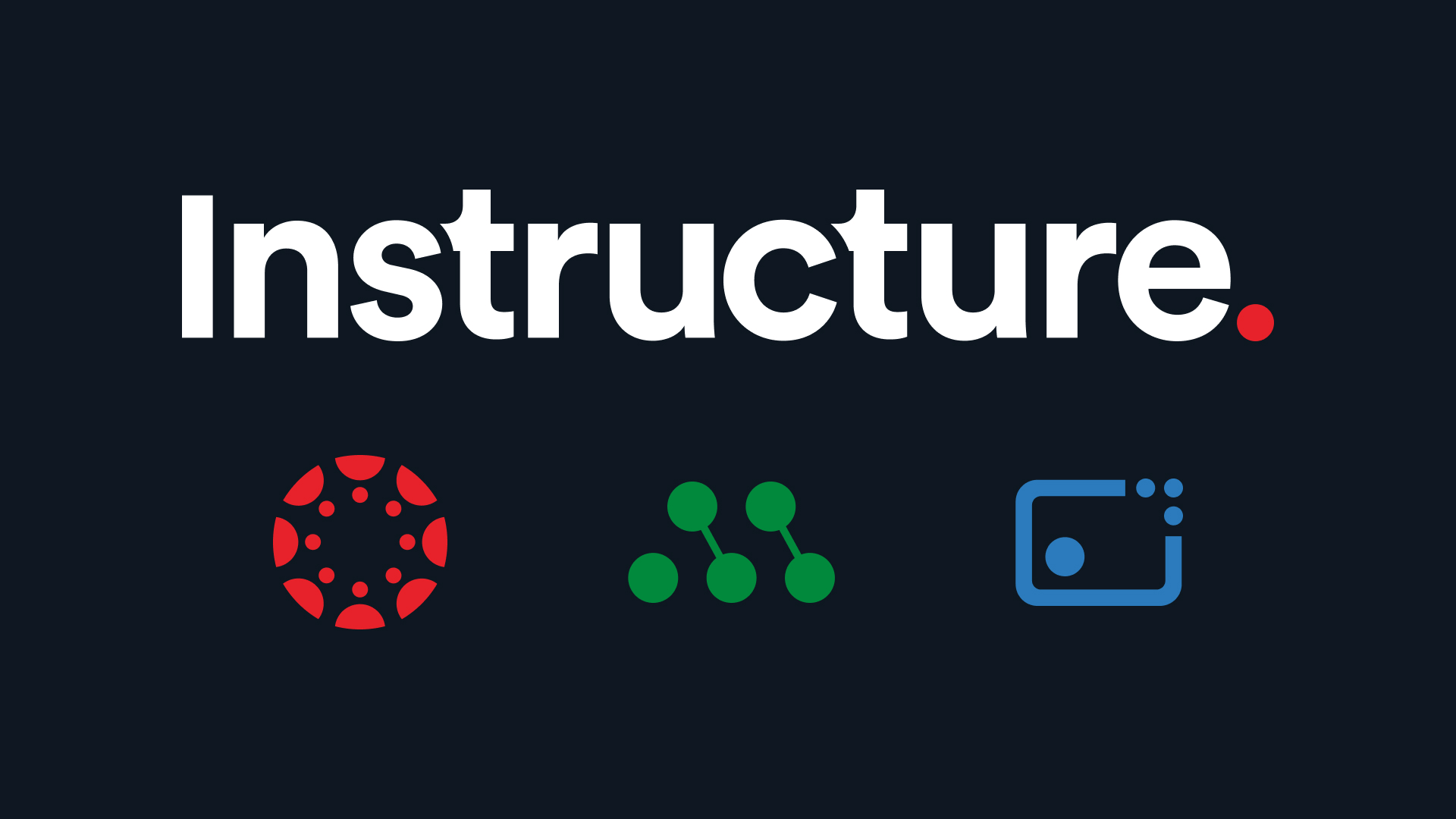Teaching is often described as a noble profession that shapes future generations' minds and equips them with the knowledge and skills they need to succeed. However, behind the classroom doors lies a reality educators face more than ever: teacher burnout.
In a recent InstructureCast conversation, host Nicole Hiers, joined by Don Lourcey, Sarah Hawkins, and Elizabeth Lourcey, engaged in a candid conversation about the challenges of teacher burnout and the importance of prioritizing mental health in education. Their discussion reveals not only the struggles but also practical strategies and solutions for teachers, administrators, and the education community as a whole.
The Challenge: A Rising Tide of Teacher Burnout
Sarah, a 17-year veteran teacher at South Iredell High School in Statesville, NC, began by highlighting one of the most pressing challenges educators face today: a lack of funding and a growing teacher shortage. With larger class sizes and fewer educators entering the workforce, teachers like Sarah are grappling with increasingly unmanageable workloads. The result? Overwhelmed teachers, consolidated courses, and a snowball effect that leaves educators struggling to keep up.
In the podcast, they also talk about the effects of the pandemic, with teachers feeling isolated during virtual teaching and the extra workload of adapting lessons for online learning. However, there is a growing recognition of the importance of mental health support in schools, with the addition of therapists and social workers to help students and the hope that such resources might be available for teachers as well.
The conversation touches on signs of teacher burnout, such as overwhelming workloads, isolation, and feelings of guilt for not meeting certain expectations. The importance of prioritizing self-care, establishing daily routines, and setting realistic expectations is highlighted to maintain a healthy work-life balance.
Administrators Can Help: Supporting Teacher Mental Health
Hearing Sarah's experiences makes it evident that teacher burnout is a complex and multifaceted issue. Teachers' mental load has always existed, but the pandemic has exacerbated it. Navigating this uncharted territory has pushed educators to their limits, with many struggling to find balance.
As educational leaders, administrators play a pivotal role in addressing this issue and creating a healthier, more supportive work environment. Administrators are encouraged to create a supportive environment by being transparent, collaborating with teachers, and valuing relationships. Here are several strategies that administrators can implement to help combat teacher burnout.
- Foster a Culture of Support and Open Communication: One of the most effective ways administrators can combat teacher burnout is by fostering a culture of support and open communication within the school or district. Teachers need to feel that their voices are heard, and that they can share their concerns without fear of repercussions. Encourage regular meetings where teachers can discuss challenges, provide feedback, and suggest improvements.
- Prioritize Well-Being and Work-Life Balance: Administrators should prioritize the well-being of their teaching staff. This involves acknowledging that teachers have lives outside the classroom and need time to rest and rejuvenate. Encourage teachers to take breaks, avoid overloading them with excessive paperwork or administrative tasks, and ensure they can access resources to manage stress and burnout.
- Offer Professional Development and Training: Providing ongoing professional development and training opportunities can effectively address teacher burnout. Offer workshops and courses on stress management, time management, and classroom management techniques. These programs can equip teachers with the skills and strategies they need to thrive in the classroom.
- Recognize and Celebrate Achievements: Administrators should take the time to recognize and celebrate the achievements of their teaching staff. Simple gestures like teacher appreciation events, shout-outs in staff meetings, or awards for outstanding performance can boost morale and remind teachers that their hard work is valued.
- Encourage Collaboration and Mentorship: Collaboration among teachers can be an effective antidote to burnout. Administrators can encourage collaboration by creating opportunities for teachers to collaborate, share ideas, and support one another. Additionally, mentorship programs can be established to pair experienced teachers with newer ones, providing guidance and a sense of community.
- Provide Resources for Student Behavioral and Emotional Support: Teachers often grapple with challenging student behaviors and emotional needs. Administrators can ease this burden by providing resources such as counselors, social workers, and behavior interventionists. These professionals can work alongside teachers to address students' individual needs, allowing teachers to focus on instruction.
- Streamline Administrative Processes: Administrators should aim to streamline administrative processes to reduce the bureaucratic burden on teachers. Simplify paperwork, grading procedures, and reporting requirements wherever possible. This will free up teachers' time and energy for instructional activities.
- Promote a Growth Mindset: Encourage a growth mindset among teachers by emphasizing that setbacks and challenges are opportunities for growth and improvement. Administrators can model this mindset by providing constructive feedback rather than punitive measures when issues arise.
In conclusion, teacher burnout is a real and pressing issue that requires the collective efforts of educators, administrators, and the broader education community to address. By prioritizing self-care, fostering collaboration, and redefining expectations, we can work together to ensure that teachers are well-equipped to continue shaping the future of our world without sacrificing their well-being in the process.
Listen to the full InstructureCast episode Back to School Mental Health Part 2: Beating the Burnout Blues to hear more of the discussion. Plus, check out some important links to resources mentioned in the podcast episode: Headspace for Educators and Stories from School AZ: Juggling Glass Cups, Plastic Balls, and Ghosts.
Related Content
 inst-3step.jpg
inst-3step.jpgBlogs

Blogs
 digging_deep_into_2025s_learning_trends_the_state_of_higher_education_in_anz_-_thumbnail_1.png
digging_deep_into_2025s_learning_trends_the_state_of_higher_education_in_anz_-_thumbnail_1.pngBlogs

